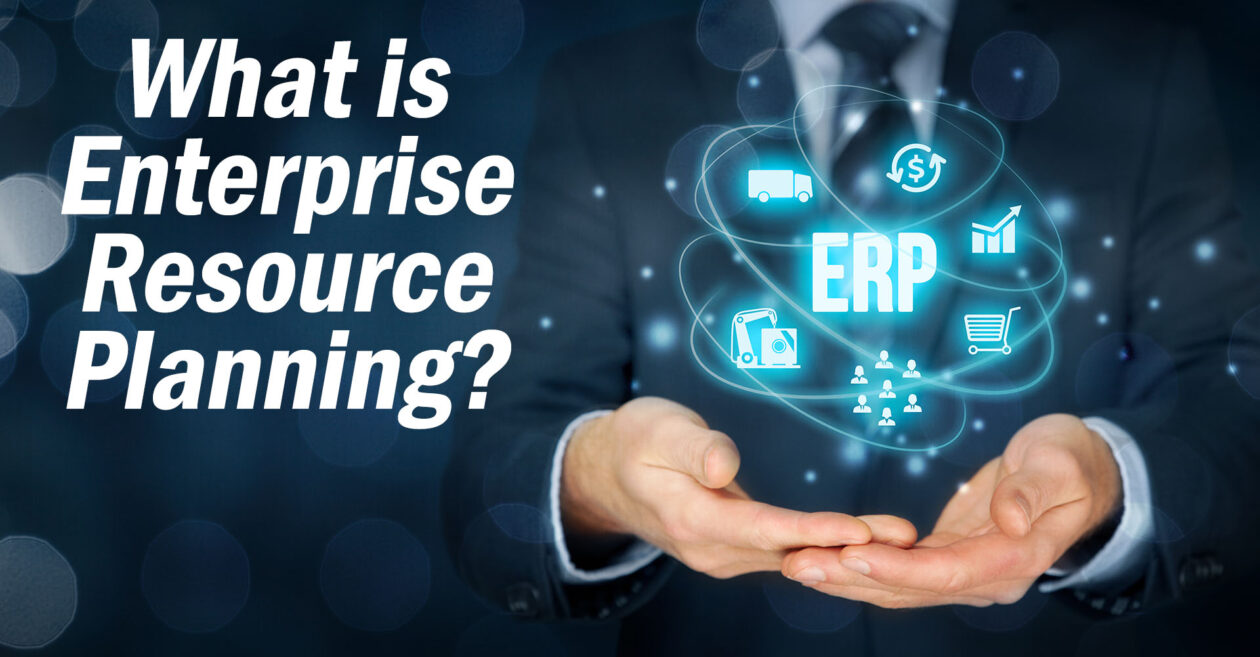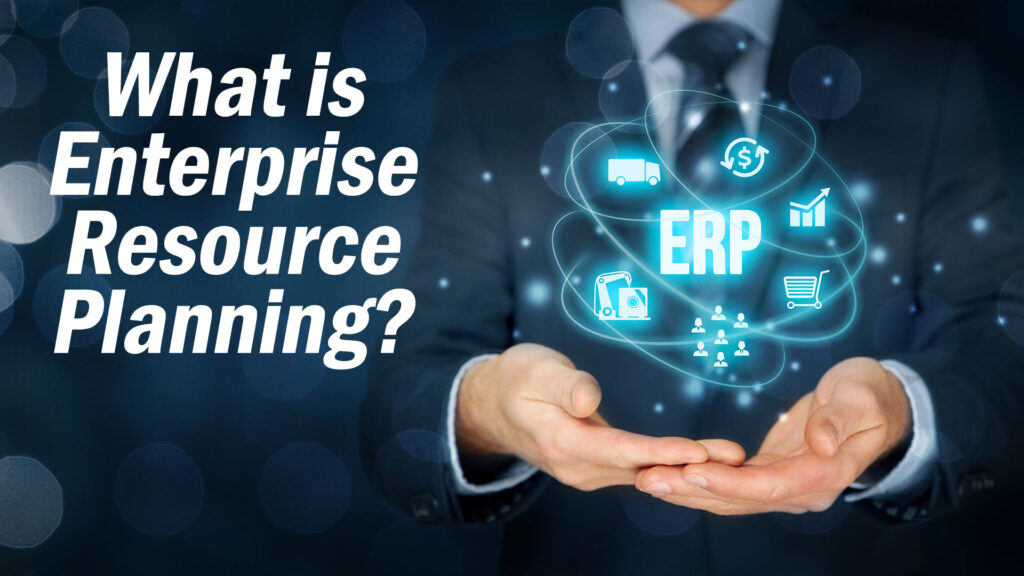A Look at the Basics of ERP


The basics of ERP is not as ‘basic’ as you might think. Today, ERP technology is abundant in the modern workplace, but it does require a strong understanding of its core features in order to fully benefit from it. The term “ERP” is loosely defined term that collection of software and hardware that covers a majority of business processes and enable businesses to have detailed perspectives of a range of business operations, giving them the opportunity to share information easily between departments. The entire ERP system is highly complex and is best understood by taking a look at its individual components.
Widget not in any sidebars
Hardware
The type of hardware used in an ERP system is entirely dictated by the size of a business. Small business may only require a few micro-computers connected through a LAN, where one computer would act as a server. The server would accept data inputs, process those inputs and provides data to other applications. Larger organizations, a dedicated server will be used that has a greater operating and storage capacity. Users can access the server through dumb terminals or smart terminals networked to the server through a LAN. The way that new or existing microcomputers are connected provides the foundation for the hardware portion of the system. The layout of the system is determined through the way that the systems are connected to the server and each other.
One issue that many businesses face is ensuring that certain computers do not become outdated while also being able to rely on an ability to interface older computers to the ERP system. User operators of an ERP system will rarely handle most of the technical issues associated with configuring hardware.
Software
A majority of business processing is completed within the software. These business processes include but aren’t limited to human resource management, financial management, and operations. It’s become increasingly common for ERP vendors to offer additional capabilities that are specialized for certain industries. ERP software designs use a best business practices approach that helps to ensure data accuracy and integrity. One of the most important considerations for ERP software is whether a business process and/or practice will fit neatly into the ERP software without radical adjustments. This frequently means that businesses have to change its processes to fit the software. Software modifications can be expensive and put data integrity at risk. Furthermore, software modification can interfere with upgrades.
For businesses considering investing in an ERP system, there are a number of important issues to be addressed to protect themselves against system failure. Businesses need to be sure to establish a plan for the ERP implementation providing a detailed description of the acquisition process in a manner that people can comprehend, allowing management to take ownership over the project while allowing employees to use the system with ease.
ERP systems are incredibly complicated but play an invaluable role in growing business operations. Because the system is so vast and covers so many individual functions, its unlikely that one person will have all the answers. Because of this, it’s important to assemble a team and encourage communication to ensure your ERP implementation is seamless.
Looking for more? Download our ERP Buyers Guide for free to compare the top-24 products available on the market with full page vendor profiles, key capabilities, an ERP software market overview, our bottom line analysis, and questions for prospective buyers.
And don’t forget to follow us on Twitter, Facebook and LinkedIn for all the latest in the ERP space!























